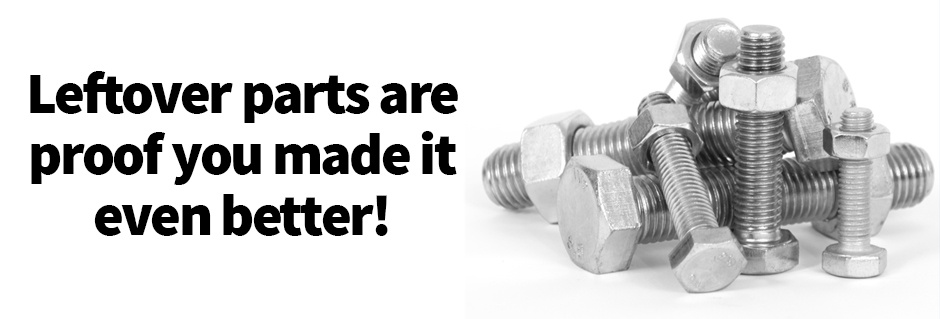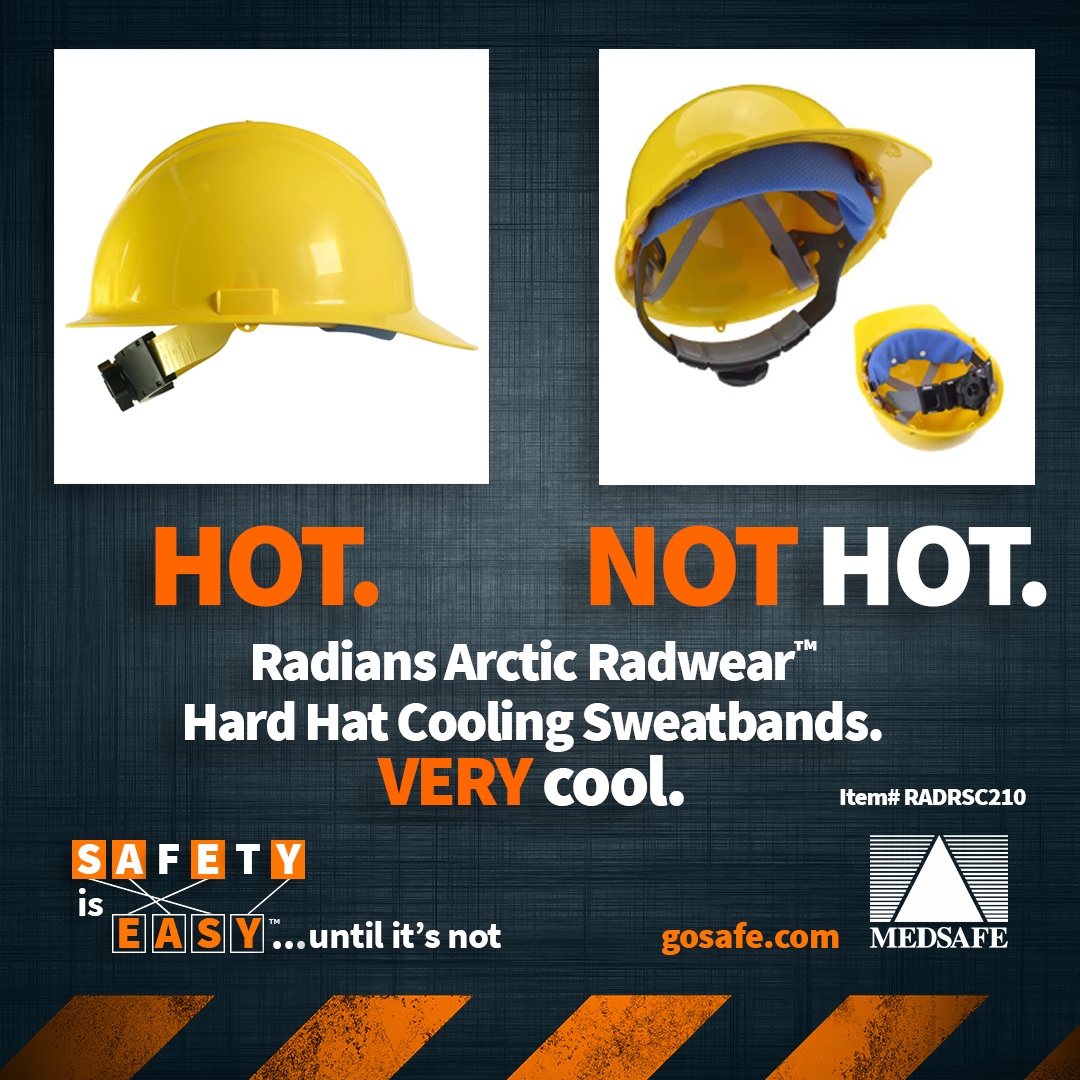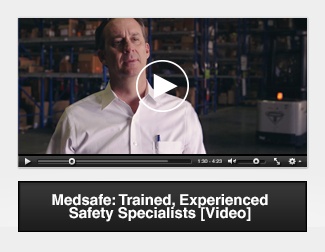We all make decisions every day during routine life activities that may seem inconsequential; but are, arguably, matters of life and death. Should I read or respond to this text message now, or wait until I’ve gotten to my destination and parked the car? Can I make it across the street with only seven seconds left on the crosswalk signal? Should I order the ribeye and the potatoes or the grilled salmon and vegetables? What will be my response when the wife asks, “Do these jeans make me look fat?”
Common sense dictates that the answers to these questions are:
- You have ONE job. DRIVE THE CAR. The text can wait.
- Uh, no.
- The ribeye if you’re under 40, the fish if you’re over.
- It’s a trap. Fake a heart attack.

Seriously. You might want to practice.
Unfortunately, common sense is not so common. When working in an environment where fall hazards exist, we need to make an overtly conscious effort to get in touch with our common sense, because Natural Selection is working overtime these days. There is now a law in Hawaii making it illegal to cross a street while looking at a phone. An actual LAW, presumably inspired by the number of unfortunate events that occurred as a result of people looking at phones while crossing the street. THIS IS THE WORLD WE LIVE IN. No personal jetpacks or flying cars, just this.
How can I possibly combat behavior like this?
Fear not. Here are six simple, common sense strategies that will have an immediate effect in any environment where fall hazards are a factor:
- Eliminate the Hazard. Granted, this is not always an option, but if installation of a guardrail system or utilization of a fall restraint system is employed (as opposed to fall arrest), you can prevent the fall from happening in the first place. This is ALWAYS a sound strategy.
- Plan your work and work your plan. If you don’t have a plan, or if it has not been communicated, then the worker at risk is going to figure it out on their own. Their ingenuity will surprise and terrify you all at the same time. Identify each hazard, implement a solution, train your people and inspect their work and their work behaviors. Make sure that everything they will need is readily available or pre-positioned – don’t make people negotiate the same hazards repeatedly if you can avoid it.
- Slow down and watch your step. Thanks mom. Seriously though, falls happen when people are in a hurry and when they are not paying attention to their surroundings. Working fast is not working smart……see #2 above.
- Inspect your equipment. It doesn’t matter how old or new your fall protection equipment is, or whether you inspected it yesterday and, ‘it was fine then’. You MUST inspect it before each use. You wouldn’t swipe right without at least looking at the photo, would you?
- Read the instructions. We know you already know how to do everything, but seriously - READ THE MANUAL. We have become a society of people who don’t seem to have time for that, and admittedly, instruction manuals can be pretty dry. But if you’ve ever bought a piece of furniture from IKEA and skipped the instructions, you know how disappointing the results can be.
- Be a coach. If you see someone doing something unsafe, using the wrong equipment, using unserviceable equipment or anything else that just doesn’t look right, then it is YOUR responsibility to intervene. Approach with care (do NOT scream, “HEY!” at the top of your lungs - startled people tend to make mistakes). Get their attention, get them to a safe place, and explain what the issue was and what the solution is. Demonstrate safe behavior, and make it a point to see if their behavior changes as a result.

Yeah, not so much.
Keep on Keeping it Simple
These strategies may seem simple, to the point of being a little absurd. The simple fact is, however, that if you thoughtfully implement these strategies, you will begin to see other issues that you might previously have overlooked. If you continue to work the six points above, not only will you see some positive changes, you will probably save a life – perhaps even your own!
Repetition may feel onerous, but remember that good habits develop in the same ways that bad habits are formed – through repetition. Good, sound safety practices are developed by instilling good work habits. And while you’re at this whole ‘rolling up your sleeves and working these strategies’, don’t forget to elevate those anchorages and to visualize the outcomes…
At Medsafe, we ARE Fall Protection experts. We've devoted a significant portion of our online presence to educating you on Fall Protection hazards and solutions. In case you missed it, here are a few previously published articles on the topic:
You should also check out our Fall Protection FAQ. It's a comprehensive database filled with the most commonly addressed topics in the Fall Protection arena. If you can't find the answer there - contact us! We'd be glad to help you find a solution.
Medsafe's primary objective is, and has always been to save lives and to keep people safe. We do that not only by offering the best safety equipment available, but by supporting you - our customer - with the training, education, and support you need to get your job done in a safe and productive manner. Of all the things we do well, taking care of our customer's needs is our number one job. Thanks for stopping by!
We've created a whole series of images designed to remind you - and everyone else - that Medsafe is here to help when safety isn't easy. They're sized to fit most popular mobile phones, tablets, and desktops, and are available individually or as a package. These aren't your father's safety reminders, and we encourage you to take a look. Let's face it - it's way past time to replace that boring landscape anyway...
Click the image below for a closer look at all of our 'Safety is Easy...' reminders







